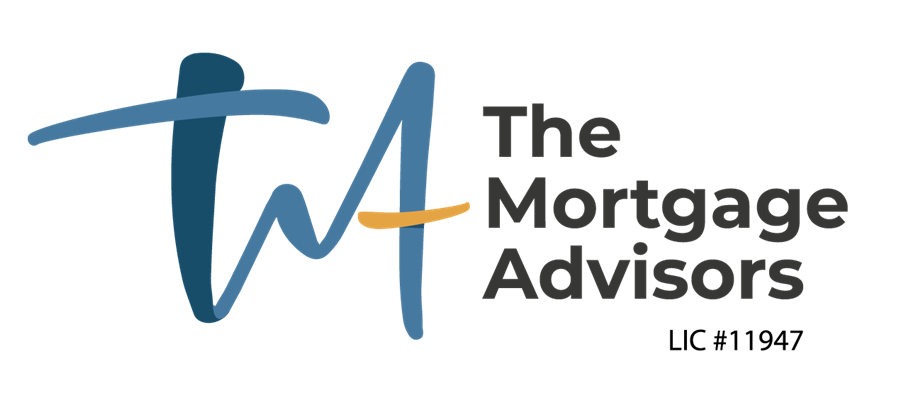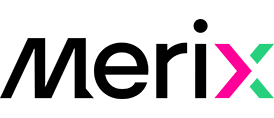
Nick Holloway
Down Payment and Mortgage Default Insurance - Explained
12/3/2019
By Nick Holloway -
One of the first steps of considering a mortgage for the purchase of a owner-occupied property, is the amount of funds available to make the purchase. Commonly referred to as a down payment, this is a percentage of the purchase price required for completing the purchase, with the remaining portion as the principal balance of the mortgage loan. There are primarily two distinct categories of down payment in Canada, a down payment of between 5% and 20%, defined as a “high ratio” or “insured” mortgage. Alternatively, with a down payment greater than 20%, this is defined as a “conventional” mortgage, which is further categorized as either an “insurable” or “uninsurable” mortgage. You may alternatively see the amount of the down payment expressed as a loan to value (LTV) ratio, in which case an LTV between 80% and 95% is classed as “high ratio”, and an LTV less than 80% is classed as a “conventional” mortgage.
Insured Mortgage
Should the borrower require a “high ratio” mortgage, it would be necessary for the borrower to pay a mortgage default insurance premium. There are currently three mortgage insurers in Canada - CMHC, Genworth and Canada Guaranty, who effectively guarantee the repayment of the mortgage to the lender, in case of default by the borrower. It is primarily for this reason that you see the most competitive mortgage rates offered in this space. There are several specific guidelines for all insured mortgages, most notably the current regulations state an insured mortgage cannot have an amortization period of more than 25-years and the property price must be under $1 million. The premium which is charged to the borrower is tiered depending on whether the down payment is up to 5%, 10% or 15% of the property price. Specifically looking at the premium for a 5% down payment, the mortgage default insurance premium is currently 4% of the total mortgage amount and this amount can be added, or capitalized, into the mortgage amount.
To run some numbers, on a $400,000 property with a 5% down payment and a fixed 5-year term at a rate of 2.69% over a 25-year amortization period, the mortgage would total $380,000 and results in an insurance premium of $15,200 giving a mortgage amount totalling $395,200. The good news is that after around 16-17 months of repaying the scheduled interest and principal payments, the borrower should expect the contributed principal payments to have paid off the mortgage default premium in full (i.e. remaining principal of around $380,000), and by the end of the 5-year term, the remaining principal is reduced further to a balance of $335,760 from the original total mortgage amount. If we assume a modest appreciation in the property of say $20,000 over the same five-year period, the resulting LTV is under 80% at this moment in time.
Insurable Mortgage
With a “conventional” mortgage, most mortgages fall into an insurable bracket, which means the mortgage can be default insured and is required to follow similar insurer guidelines mentioned above. However, the difference is the lender has the option to purchase mortgage default insurance in the back end, commonly referred to as bulk or portfolio insured. With the lender purchasing the applicable insurance, this provides the lender the ability to securitize their mortgage loans which can be sold to investors, therefore reducing default risk which in turn lowers funding costs and those savings are passed to the borrower. The rate offered on insurable mortgages are typically higher than the insured mortgage, however, rates offered by a number of lenders are tiered based on LTV and become more favourable with a lower LTV ratio. This may provide the borrower a good opportunity to switch, or transfer, their existing mortgage to a new lender at the end of their term, to find a lower rate at the time of mortgage renewal.
Uninsurable Mortgage
The final mortgage to consider is the uninsurable mortgage which doesn’t fit any of the above criteria, such as a purchase with an amortization of over 25 years or property value in excess of $1 million. In addition, should the borrower decide to either refinance or extend the amortization period of an existing insured or insurable mortgage, either or both actions would make the new mortgage uninsurable under current guidelines. A refinance, also referred to as an “equity take out” (ETO), occurs when a borrower withdraws equity from their property and increases the remaining principal of their mortgage. This differs from the definition of a switch/transfer mentioned above, where there is no material change to the mortgage amount or repayment duration.
In summary, it is important to seek the counsel of a mortgage professional who is best positioned to assess the specific needs of your circumstances and will help to advise you on the best course of action for both your initial mortgage, as well as subsequent mortgage renewals and overall debt considerations for the lifetime of the remaining loan.




























